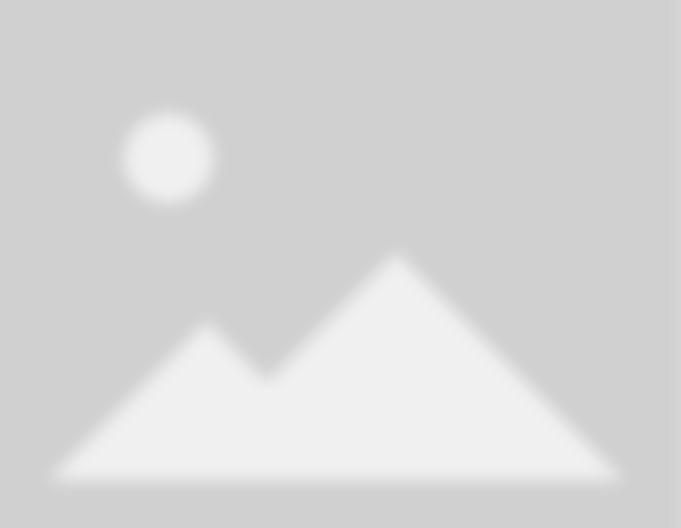5 Types of Bees: Learn About Their Vital Role in California
Home / 5 Types of Bees: Learn About Their Vital Role in California

5 Types of Bees in California that Keep the Planet Green

California, known for its diverse landscapes and rich biodiversity, is home to various types of bees. These bees are vital to the state’s agriculture and natural ecosystems. However, as urban areas expand and human-bee interactions increase, it’s essential to understand the types of bees in California and why humane bee relocation services are far superior to extermination or removal.
5 Types of Bees: Learn About Their Vital Role in California
1. Western Honey Bees (Apis Mellifera)

Appearance:
Western Honey Bees or European honey bees are small, golden-brown insects with darker bands. They are the most commonly recognized bees, known for their honey production.
Pollinating Role:
They are prolific pollinators, contributing significantly to California’s agriculture, including almonds, fruits, and vegetables.
After waking from hibernation, honey bees are active from February to October. During this period, bees start laying eggs for the new worker bees.
Honey Bees: Social/Non-Aggressive Behavior:
Western Honey Bees are social insects that live in large colonies. They are generally non-aggressive and will only sting when threatened.
Before hibernation, the queen bee and its group killed all the worker bees to survive the winter (because there was a lack of food).
The surviving bees create a new hive, dividing the original hive into two. The new bees must migrate with a new queen during March and April. Sometimes, these new hives end up in houses, trees, cars, or any other space they see suitable for living.
So, instead of calling inexperienced bee killers, you can call Bees Evictions for humane bee relocation, contributing to the planet’s well-being.
2. California Bumblebees (Bombus Californicus)
Appearance:
California Bumblebees are large and fuzzy, with black and yellow stripes. Their size and distinctive coloring make them easily recognizable.
Pollinating Role:
Bumblebees leave hibernation after New Year's Eve. They are the primary pollinator, ensuring flowers bloom to secure food for the other honey bee species.
During winter, trees are fruitless, leafless, and just naked branches. So, the bumblebees chew on those branches and stimulate blooming. They are the most vital type of bees since they ensure the other species get food after hibernation.
But bumblebees not only give food to other bees but also give humans food. So, bees don’t harm; they give life.
These bees are vital pollinators for many wildflowers and crops. They are particularly effective in pollinating plants that honey bees cannot.
When comparing honey bees vs. bumblebees, you will realize they make an excellent team.
California Bumblebees: Social Behavior:
Bumblebees form smaller colonies than honey bees, ranging from 30 to 400 individuals. They are relatively docile but can sting if provoked.
3. Carpenter Bees (Xylocopa Californica)

Appearance:
Carpenter bees are large, shiny, and mostly black, resembling bumblebees but with a less hairy abdomen.
Pollinating Role:
While they are essential pollinators, carpenter bees are often misunderstood as pests because they bore into wood to create nests.
Carpenter Bees: Solitary/Non-Aggressive Behavior:
These bees are solitary and non-aggressive. They rarely sting and are more interested in nesting than interacting with humans.
4. Mason Bees (Osmia Lignaria)

Appearance:
Mason bees are small, dark-colored bees, often with a metallic sheen.
Pollinating Role:
Known as excellent pollinators, especially for fruit trees, Mason Bees are essential to California’s orchards.
Mason Bees: Solitary/Non-Aggressive Behavior:
These solitary bees are non-aggressive. They are unlikely to sting and are highly valued for their pollination efficiency.
5. Sweat Bees (Halictidae)

Appearance:
Sweat bees are small and can be metallic green, blue, or black. They are often attracted to human sweat.
Pollinating Role:
Sweat bees are significant pollinators of wildflowers and some crops in California.
Sweat Bees: Solitary/Non-Aggressive Behavior:
These bees are solitary and generally non-aggressive. Their sting is mild and typically only occurs if they are disturbed.
The Vital Role of Bees to California and the World
California’s economy and ecosystem heavily depend on bees. They pollinate nearly 75% of the crops grown in the state, including almonds, avocados, and strawberries.
Without bees, these crops would suffer, leading to a decline in food production and a significant economic impact. Beyond agriculture, bees help maintain The Golden State’s diverse ecosystems by pollinating wild plants, which provide food and habitat for other wildlife.
Now that you know the most common types of bees in California and their vital role in life, we are sure you will contact us for bee relocation, which is a far better option than extermination.
By choosing to relocate bees, you protect these essential pollinators, support biodiversity, and ensure the equilibrium of our ecosystems.
